New thinking from Water Margin hero cards to NFTs
When I was in primary school, what would drive my classmates and me wild were those Water Margin hero cards you could get by buying a cheap packet of Little Raccoon Dry Noodles. Back then, having a rare Hero Card could make a classmate the envy of all. Even today, many card collectors are willing to pay 500 times the price of a bag of noodles for a classic card.
Time has changed many things, but not people’s willingness to spend money to buy objects that they will turn into parts of their identity and use as social capital to build consensus-based communities. The modern equivalent of those hero cards are NFTs which can be sold for millions of dollars, like “Crypto Punk #3100,” a pixel-style picture NFT whose most practical function is as a profile picture for social networks.
Besides price, the main difference between Water Margin hero cards and NFTs is that the cards can be forged while NFTs are guaranteed to be tamper-proof through cryptography. Blockchain further ensures consensus of ownership. Just as private ownership had a profound impact on human society, NFTs will profoundly change the relationship between brands and their customers.
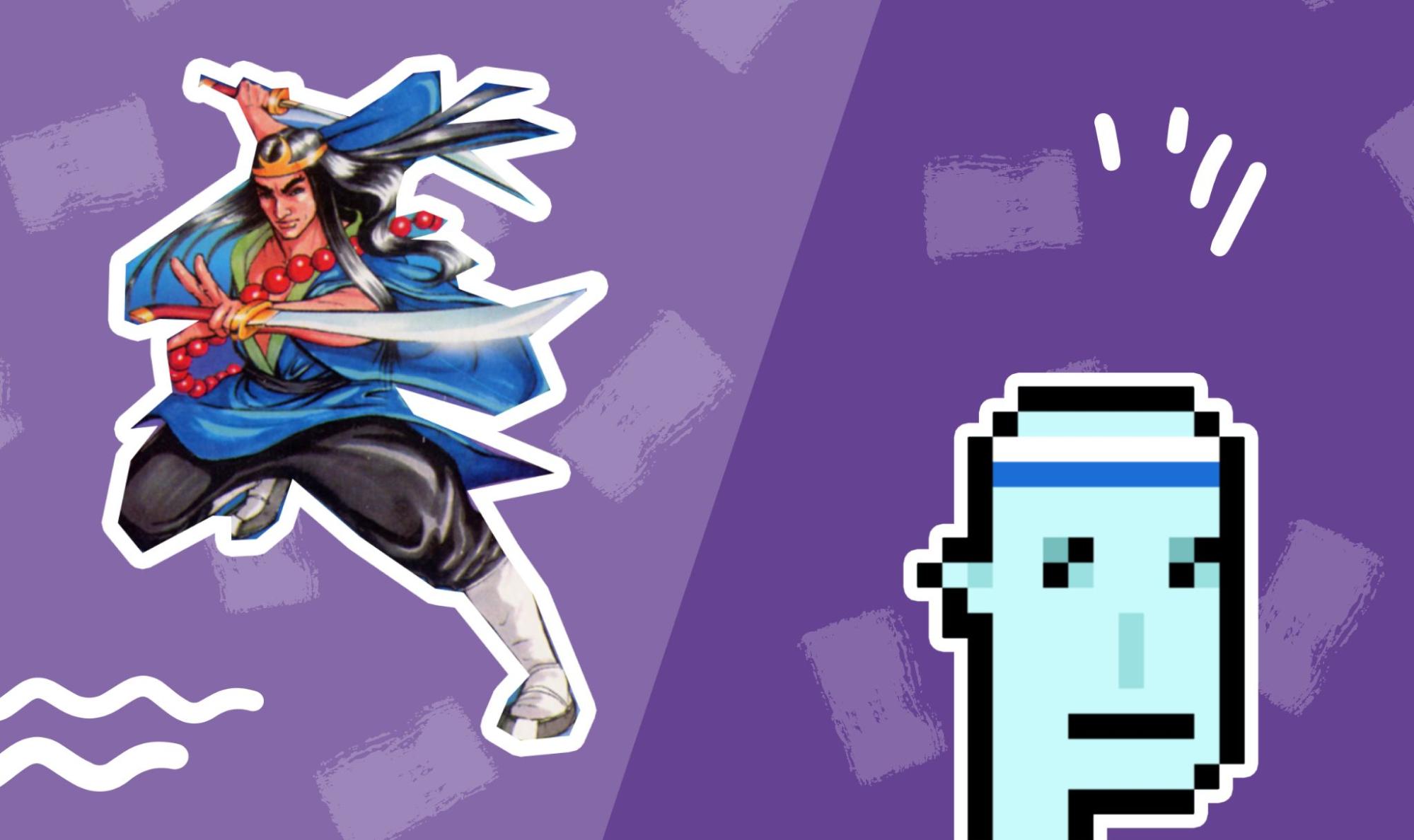

Left: Water Margin Hero Card by Little Raccoon Dry Noodles (Wu Song)
Right: Crypto Punk #3100
So what is an NFT? It stands for Non-Fungible Token and refers to a non-fungible digital asset based on blockchain technology. NFTs can be images, music, videos, or even just a username. In the internet world, copy-pasting is easy and there is an almost infinite supply of digital content. However, what sets NFTs apart from ordinary images, music, videos, and usernames is that NFTs create an actual 'scarcity' in the digital world. NFTs can be used to represent ownership of virtual assets in the metaverse, which is a virtual shared space where users can interact with each other and a variety of digital assets. NFTs can be bought, sold and traded within the metaverse and the value of the NFT is based on its rarity and perceived value within the metaverse.
In terms of information, Web 1.0 is "read-only," Web 2.0 is "read-write," and Web 3.0 is "read-write-own." By creating digital scarcity, NFTs are destined to play a vital role in Web 3.0. But what role should the retail industry play in this future and what impact will the advent of NFTs have on new concepts for brands and companies? How can we empower New Retail with NFTs?
New Ecosystems: when NFTs meet retail brands
Many traditional brands worldwide are gradually moving towards a digital reality and NFTs are seen as its gateway. NFT mania is attracting interest from brands that seek to translate the growing interest in digital assets into more publicity for their campaigns. According to the research firm Strategy Analytics, the transactional market for the metaverse is expected to reach $6.1 billion this year and nearly $42 billion globally by 2026. This is opening up new markets for NFTs that allow brands to 'tokenize' physical products and services and connect with the next generation of consumers.
Since 2021, NFTs have grown from a niche concept of secondary market hype to a broader field of brand marketing. Regardless of industry and project size, NFTs have tremendous potential for branding and creating business opportunities, from strategy planning and technology development to final deployment. Dole Sunshine recently announced plans to sell a range of original digital artwork as NFT and donate the proceeds to hunger relief programs. Procter & Gamble has auctioned off digital artwork inspired by its Charmin brand of toilet paper and plans to donate the proceeds to charity. A growing number of retail brands have already capitalized on the current craze around NFTs. By auctioning off digital artwork associated with the brand or products for promotion, brands are looking to increase brand awareness among new demographics.
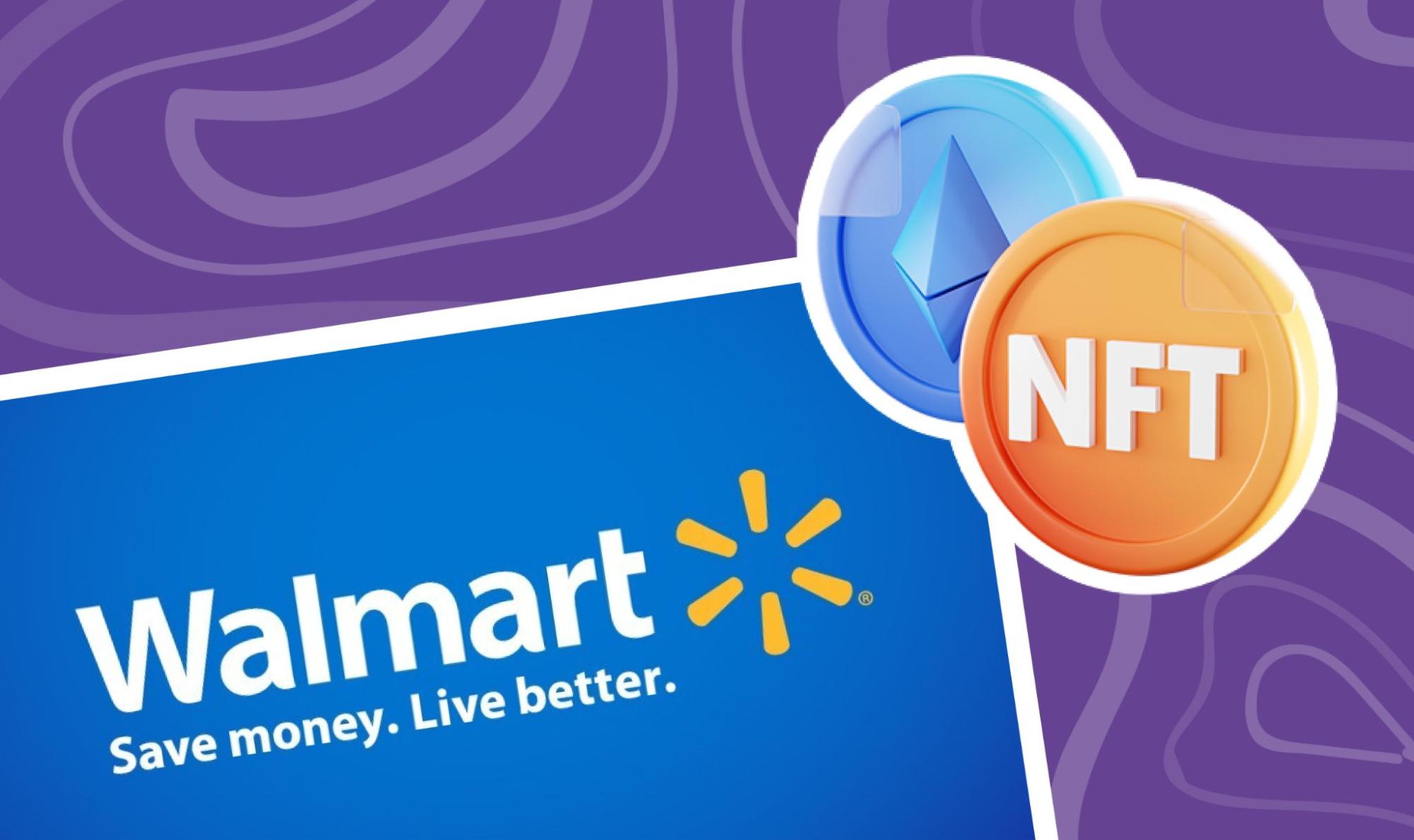

Retail brands in practice in the NFT area
Various retail industry headline brands have begun to explore the NFT field in an effort to enter the virtual world.
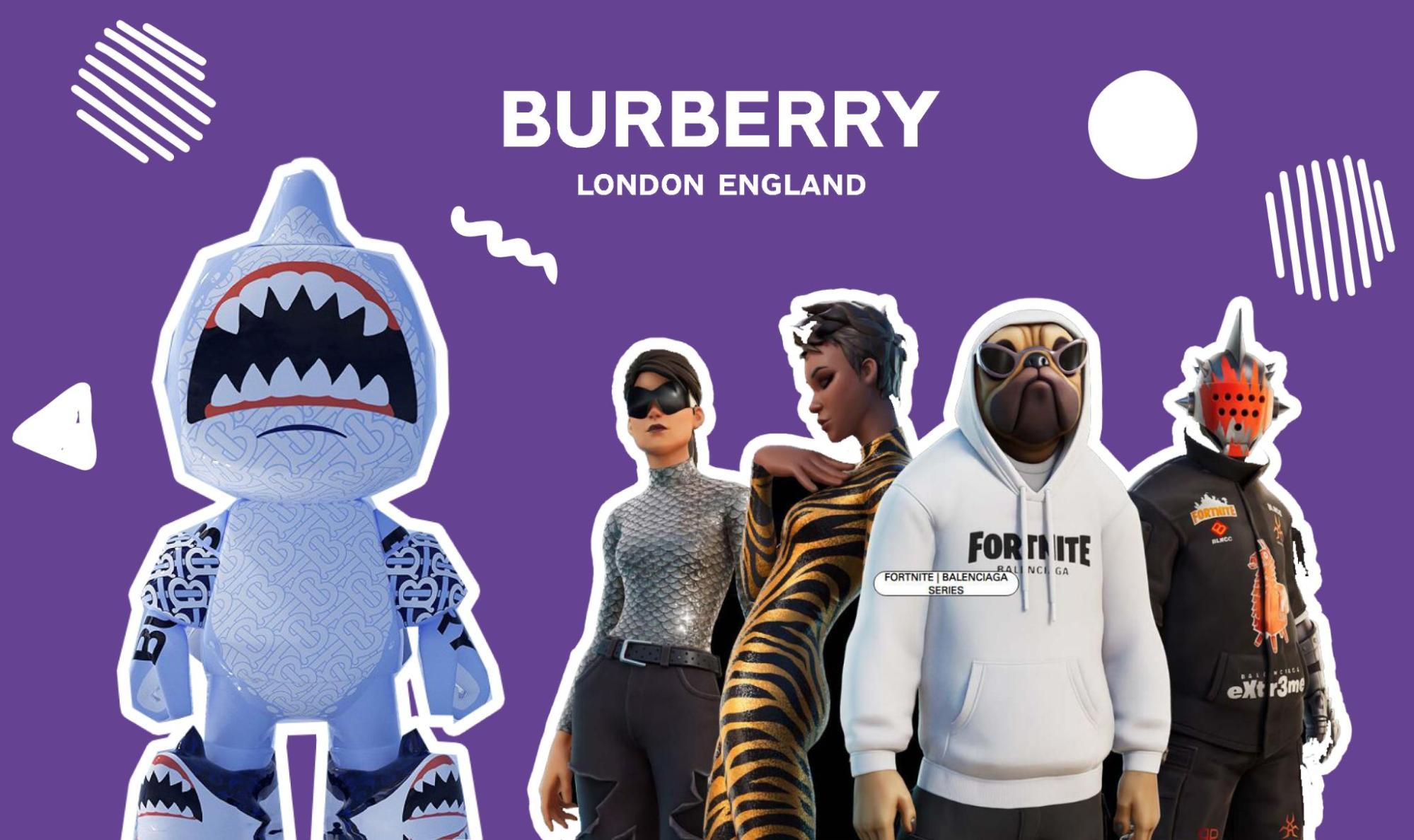

Burberry launched NFTs at Mythical Games' Blankos Block Party
Photo credit: Mythical Games
1. Luxury brands X NFTs
Since luxury items and NFTs have "scarcity" and "price driven by intangible value" in common, combining the two seems like a good fit. Louis Vuitton, Givenchy, Bulgari, Dolce & Gabbana, Burberry, Gucci, and Geneva are among the luxury brands experimenting with NFT merchandise. Burberry received a positive reaction when they partnered with Mythical Games to launch an NFT line in its flagship game Blankos Block Party, including accessories like jetpacks, armbands and pool shoes for character customization.
2. Sports brands X NFTs
Sports brands are also riding the NFT wave. Taking advantage of the younger demographic's greater acceptance of digital artwork, sports brands have launched a series of NFT flash mob marketing campaigns catering to the younger demographic to expand the brand's reach.
So far this year, sports brands such as Anta, Xtep, Nike, 361°, Li Ning and Puma have released NFT-related products. Nike's acquisition of RTFKT Studios is perhaps one of the biggest splashes the retailer has made in the NFT space. Nike is called "a leading brand that leverages cutting-edge innovation to deliver next-generation collectibles that blend culture and play." Nike’s latest NFT line is called CryptoKicks. Each pair of virtual shoes sells between $4,000 and $9,500, though some sell for well over six figures.
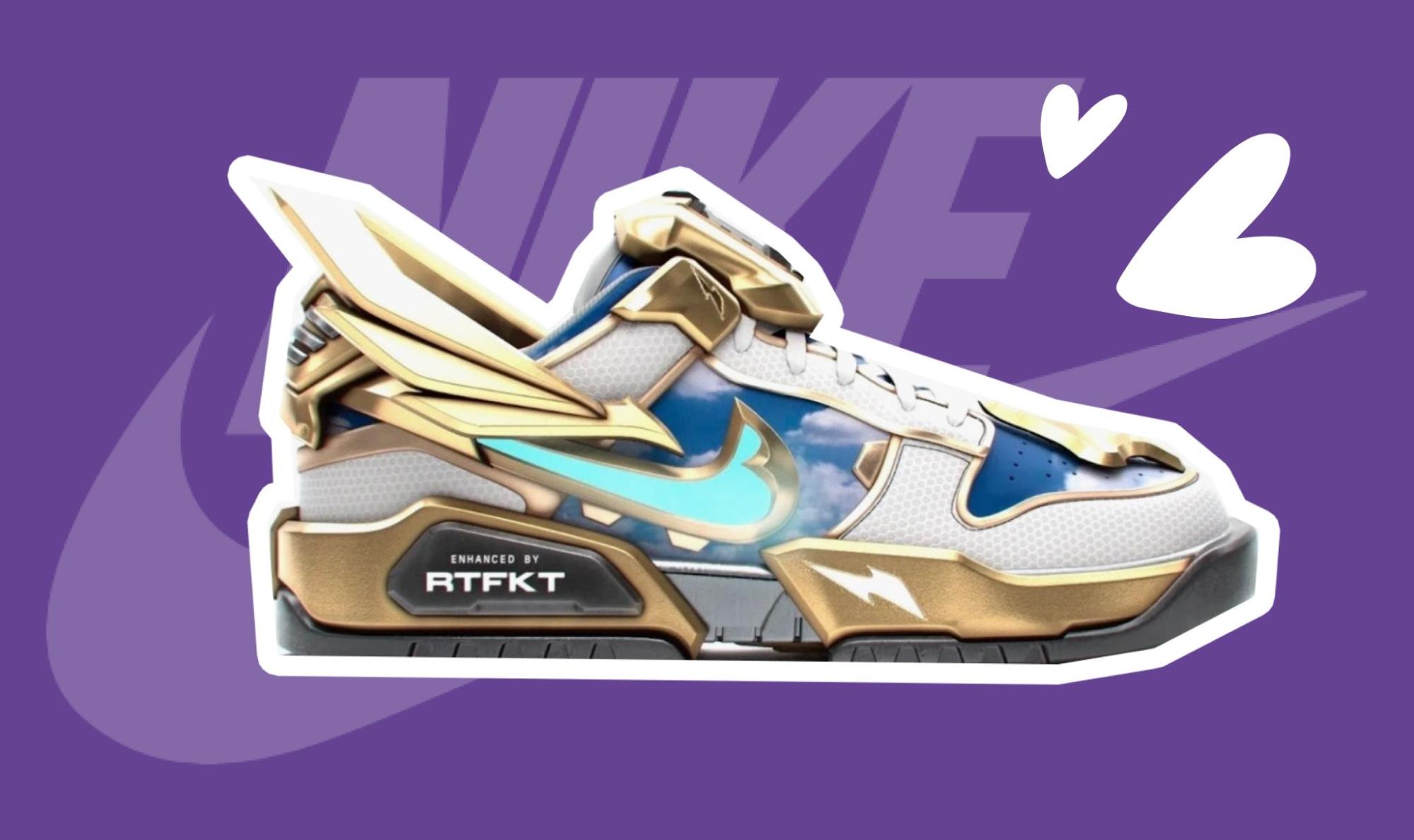

3. CPG Brands X NFTs
Many CPG (Consumer Packaged Goods) brands, such as Taco Bell, Burger King, Budweiser, are also starting to join the trend in order to engage a younger audience. Promotions using NFTs have made a significant impact and even revived some brands and companies in financial distress.
General Mills (a national brand popular with 90s kids that were discontinued in the U.S. in 2012) auctioned off ten pieces of digital artwork NFTs for the return of its chocolate-flavored Dunkaroos. The NFTs were a big hit, creating a wave of nostalgia for the snack. General Mills is catching on to the growing trend of creating and trading NFTs to generate interest in reintroducing chocolate Dunkaroos. "Chocolate Dunkaroos are built on a system of scarcity." Ivan Pollard, the CPG giant's chief marketing officer, said in an interview with Marketing Dive. "It's just like NFT. "
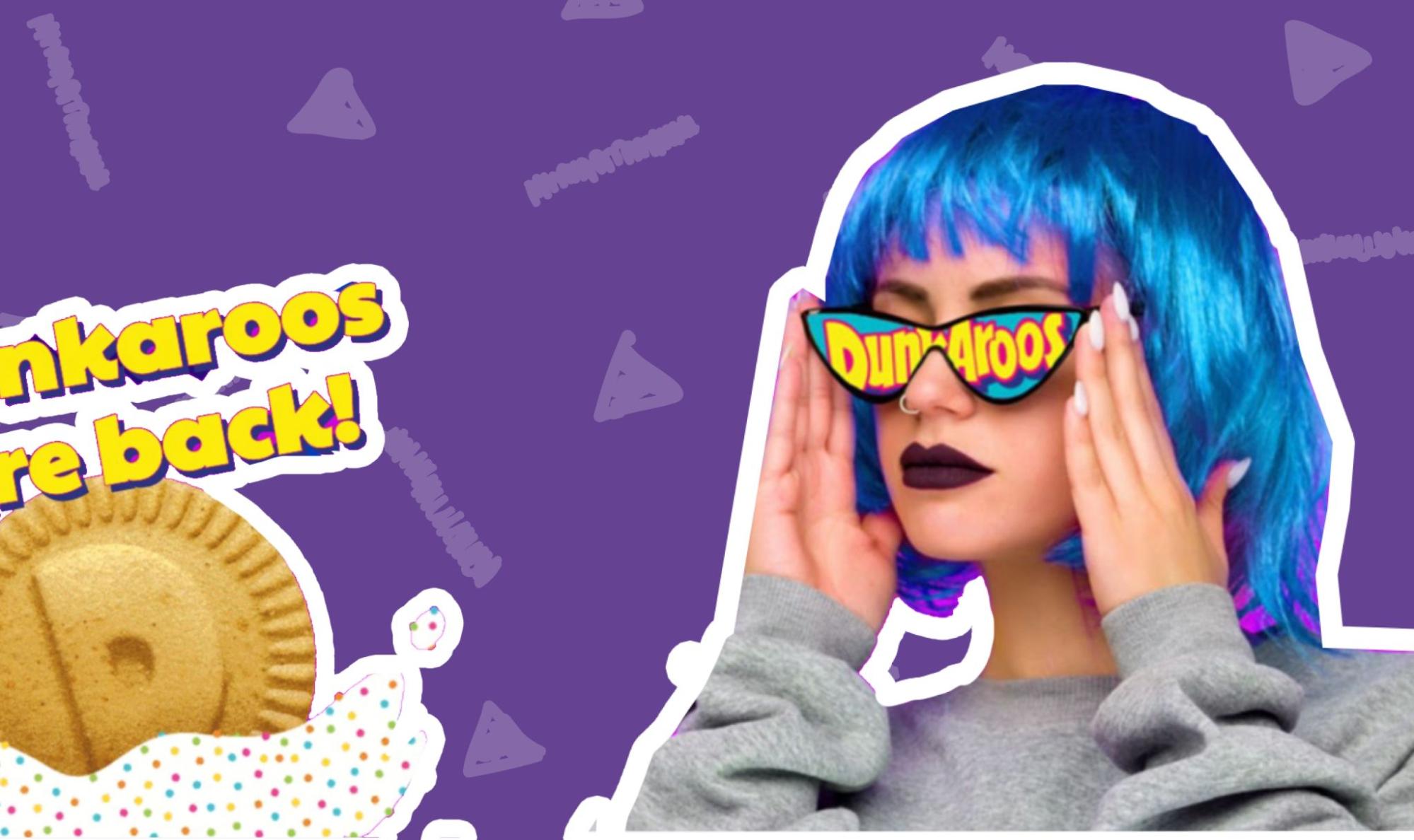

Photo credit: General Mills NFT
In the next blog post, we’ll discuss NFTs within the context of China.
Disclaimer: The statements and opinions expressed in this article are those of the author(s) and do not necessarily reflect the positions of Thoughtworks.


















